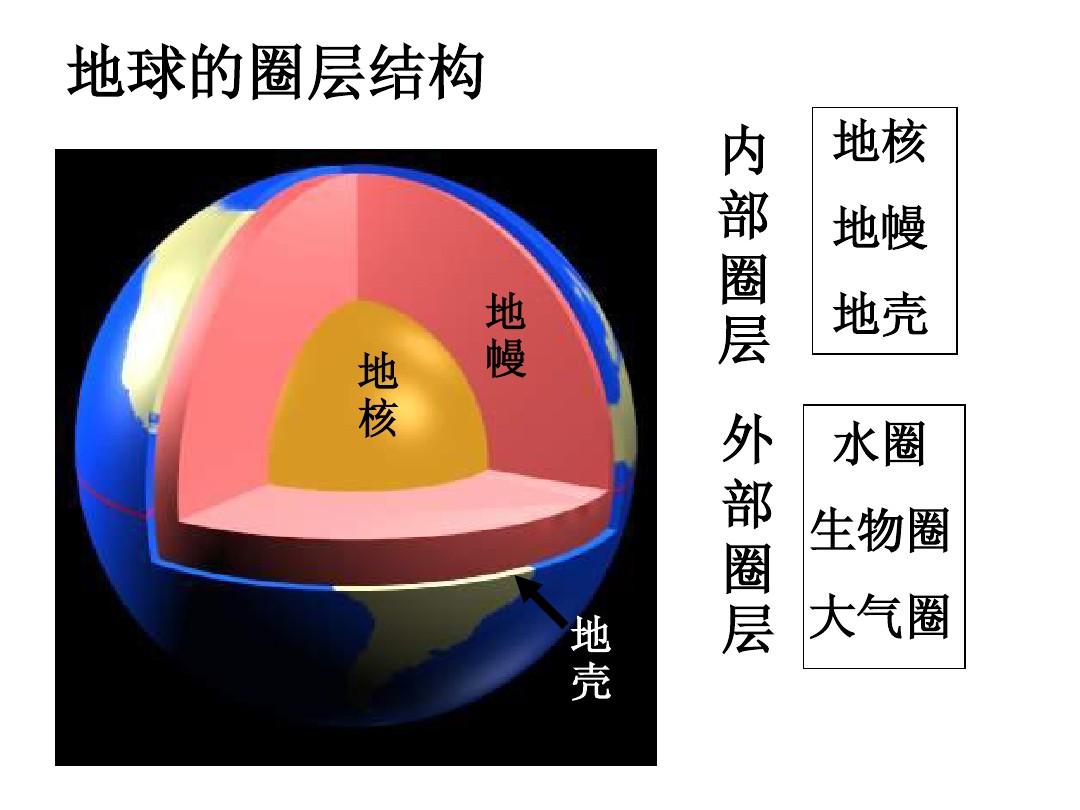Basic knowledge: The surface structure of the Earth
The outermost layer of the Earth is the lithosphere, which is also a direct site for human survival activities. It is composed of igneous rocks, sedimentary rocks, metamorphic rocks, and soil cover layers.
The surface of the lithosphere is mostly covered by the ocean. The low-lying parts of land are often distributed with lakes and rivers. In cold regions, water accumulates into glaciers. In addition, there is also water at a certain depth below the surface, known as groundwater. All these different states of water form the hydrosphere.
Outside the lithosphere and hydrosphere, the entire Earth is surrounded by the atmosphere, which is mainly composed of nitrogen and oxygen. This layer is called the atmosphere. The atmosphere is the outermost layer of the Earth and also the transitional layer from the Earth's surface to planetary space.
The lithosphere, hydrosphere, and atmosphere are not only separate and independent of each other, but also permeate and interact with each other. In this way, there are areas on Earth that contain both minerals, air, and water, combined with suitable temperature conditions, forming a zone of biological evolution called the biosphere. It includes the upper part of the lithosphere, the bottom of the atmosphere, and all of the hydrosphere, and is an independent sphere on Earth - the space for human survival activities.


